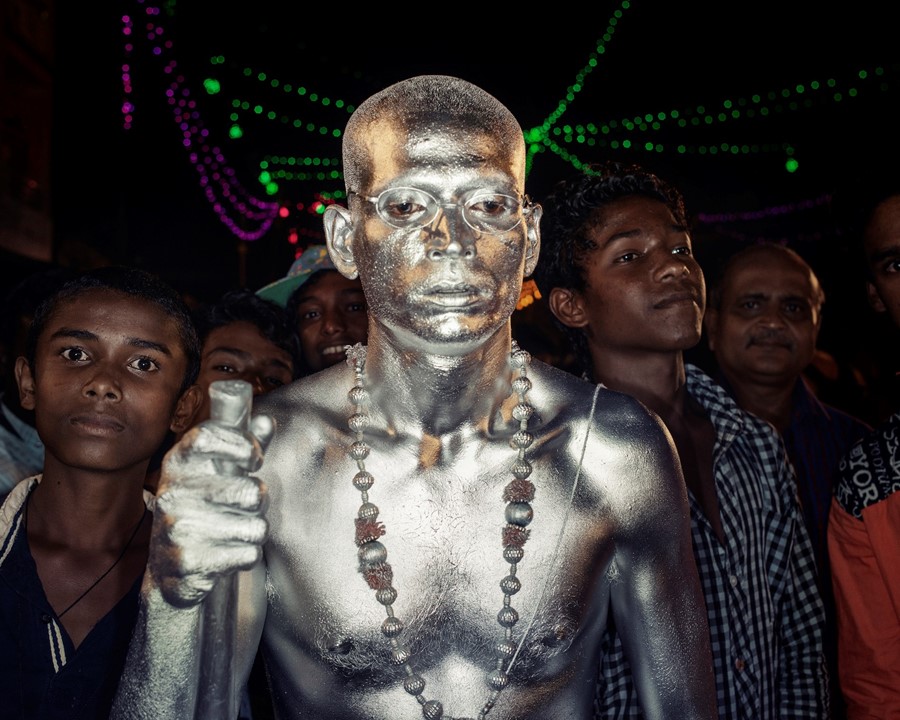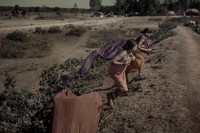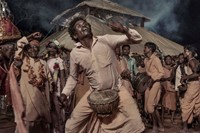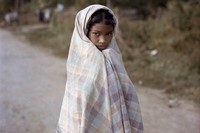As her ten-year project Centralia goes on display as part of The Deutsche Börse Photography Foundation Prize 2021, the Calcutta-born, London-based artist reveals the powerful story behind its conception
Poulomi Basu is an Indian transmedia artist, photographer and activist whose work tackles “the marginalisation of, and violence against, women and indigenous communities”. But instead of adopting a photojournalistic approach to do so, her imaginative mode of visual storytelling allows her subjects to participate in the unfolding of their own narratives – with powerfully immersive results.
This week, an exhibition of Basu’s Deutsche Börse Prize-shortlisted project Centralia, will open at The Photographer’s Gallery in London, alongside the work of the three other prize nominees. Originally published in book form, Centralia centres on a violent, under-reported conflict in the forests of central India between the Naxalite-Maoist movement – made up of members of a marginalised community of indigenous tribal people – and the Indian state. It also touches upon the wider issues of environmental degradation indelibly linked to the bloodshed: India’s greatest mineral reserve lies beneath this land, and the dispossession and murder of its native people means it can be accessed and sold.
Drawing inspiration from, among other things, Werner Herzog’s epic historical drama Aguirre, Wrath of God – “the big landscapes, the fire, the very Lynchian dream narratives where violence lurks under the surface and nothing is what it seems” – Basu presents us with a plethora of visual material to conjure up a docu-fictional account of the conflict, with a sci-fi twist.
Testimonies from female revolutionaries sit beside staged portraits; photographs of gruesome crime scenes are contrasted with cinematically rendered pictures of traditional festivities – an oneiric trail of breadcrumbs we must follow and decipher. The cumulative effect is an unsettling glimpse into our doomed future should such crimes be allowed to continue, unchallenged.
Here, Basu reveals the story behind the ten-year-long project (which also includes a dystopian short film, set to debut at the show), and its artful blurring of fact and fiction.
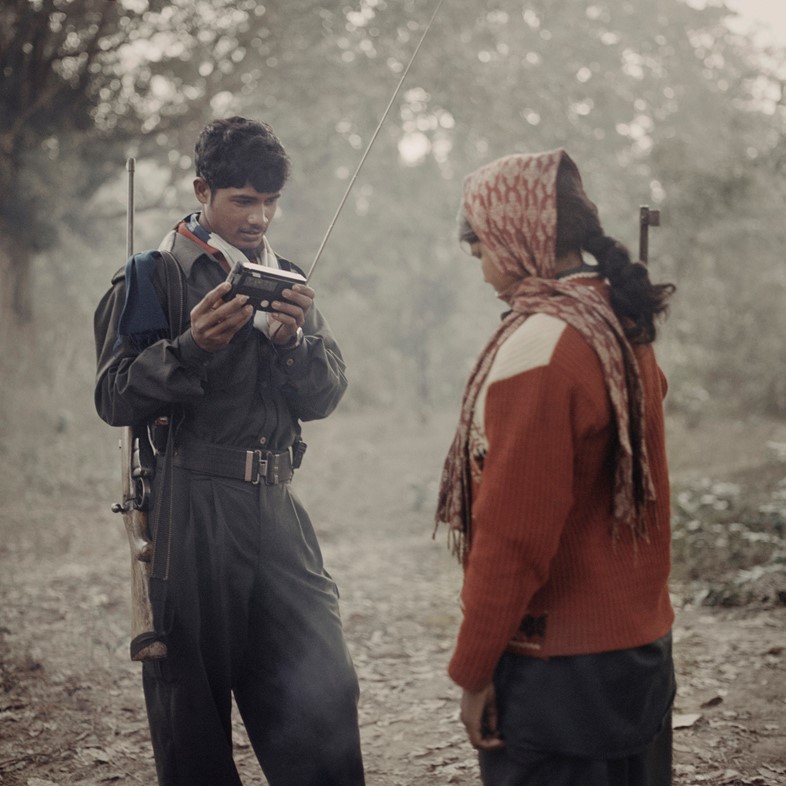
“I became aware of the conflict, not only because the Naxalite-Maoist movement started in my home state – in the 70s, the centre of the violent movement was outside my house – but also because it became an insurgency with the biggest ambush in 2010, the year I came back to visit. That began in Chhatisgarh, where the country’s most vulnerable ancient tribes and native indigenous population lives.
“I was really interested in the intersection of feminism, race and environmental justice – that’s what drove me to pursue this project. Because although it’s an unfolding situation of genocide, it’s also related to ecocide – a historic problem, we’ve seen happen many times before. I really wanted to understand women’s role within this movement; how women of the lowest caste and class were fighting back to reclaim their land and their own rights.
“No one was really documenting the situation visually. Newspaper photojournalists were just going in and coming out; nothing was being done long form. I knew that reportage would be the worst way to approach this story, because of how one-sided photojournalism’s versions of events are. I’m more interested in the more nuanced, grey areas of stories. In my heart I’ve always been a documentary photographer on the border of fine art.
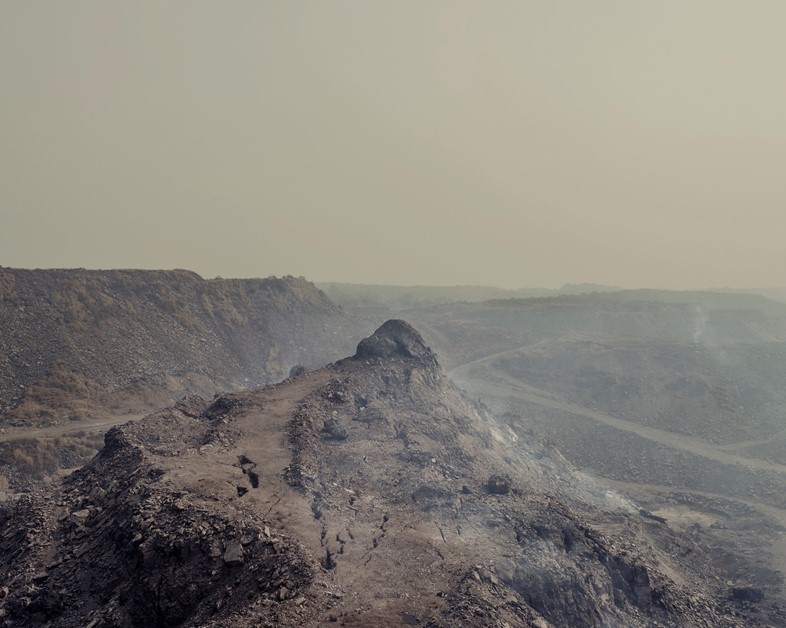
“I saw that this was a very convoluted situation filled with shape-shifting actors, with all these blurred identities and fake encounters. Some of the militia are tribal people but they’re also killing tribal people, because they invariably get caught in the crossfire. Meanwhile, the police are killing indigenous people, putting them in guerrilla uniforms and declaring them guerrillas.
“I didn’t know if anything I was seeing was as it seemed or if these events were well-embellished, well-fabricated. It’s like the shadow world is creeping up on you in broad daylight. So I decided to take a dystopian approach, where you don’t know who’s telling the truth and who’s telling the lie. That’s why I invited actors, members of the community, into the book to play out their own story, to a degree. Then the audience could draw their own conclusions.
“Ultimately, however, I wanted to send a strong message, because I think we have to face the serious questions now and take action on where we’ve arrived.”
The Deutsche Börse Photography Foundation Prize 2021 is on display at The Photographers’ Gallery, London from June 25 – September 26, 2021. The winner of the 2021 prize will be announced on 9 September.
